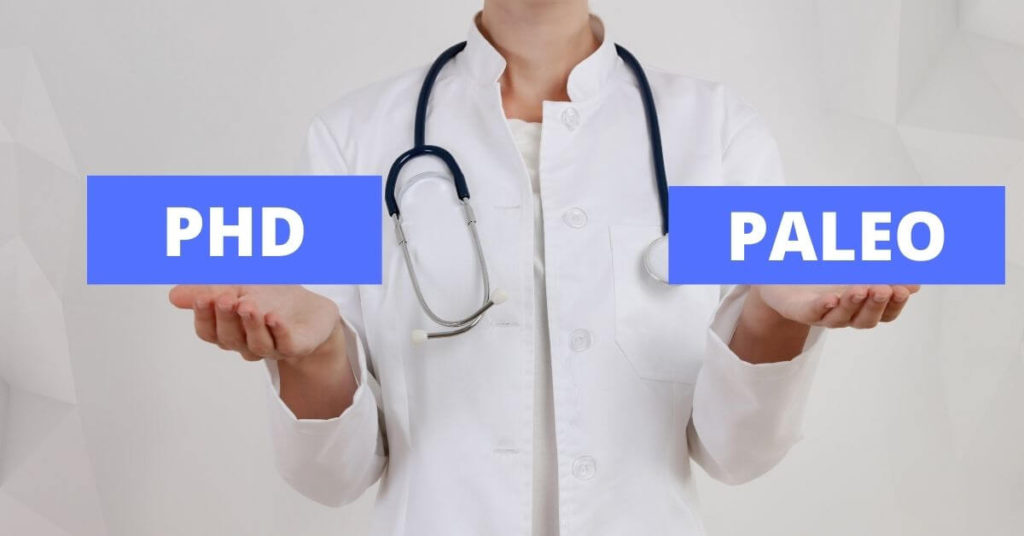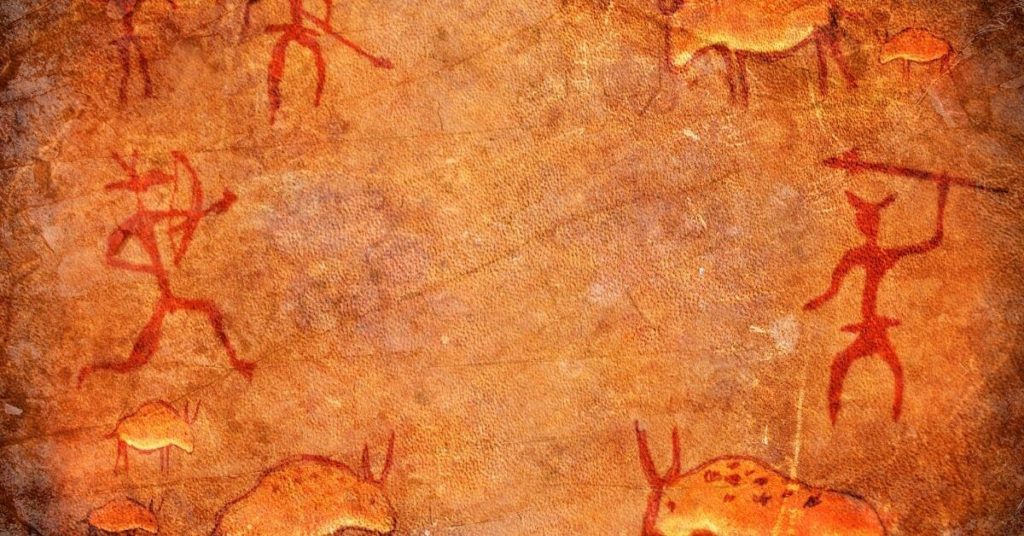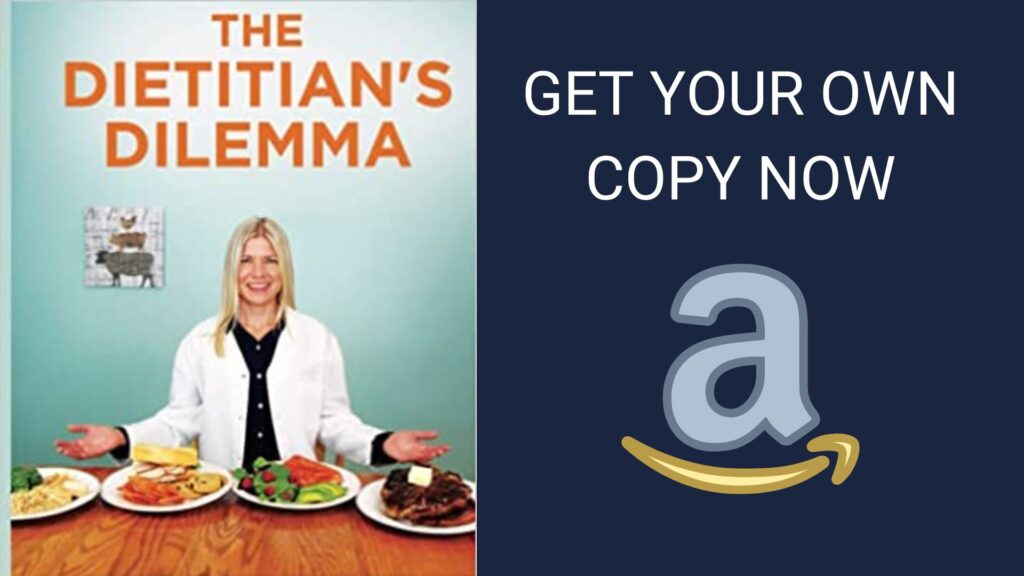This article will dig into the differences between a proper human diet and a paleo diet or a keto diet.
For those who don’t know what a proper human diet is, I want to give you a basic idea of this. My conceptualization of how I think about this how I got here from a carnivore diet.
We will then learn about how it’s different between a paleo diet and a keto diet. Because those differences are quite significant.
What do you eat on the Paleo diet?
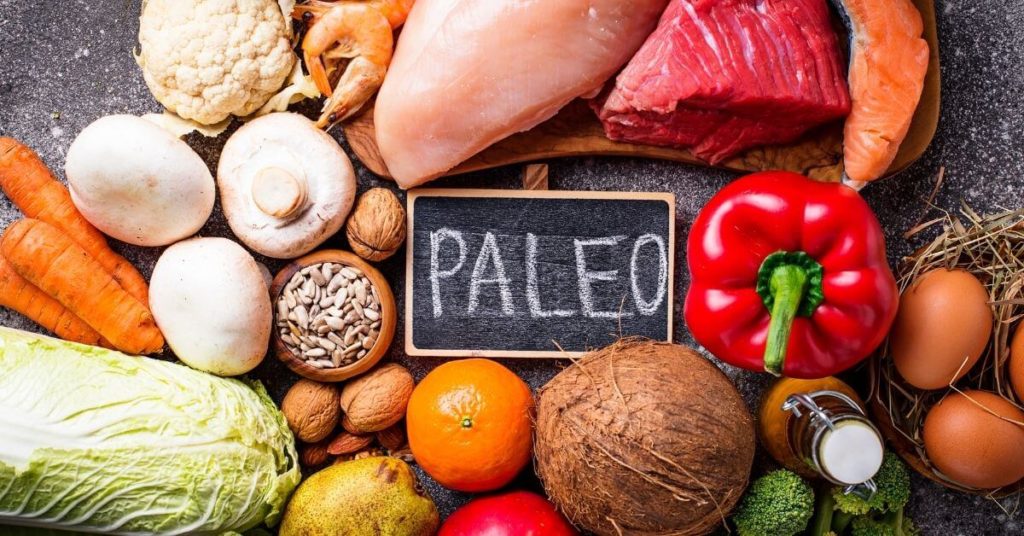
There’s meat, and there are plant foods, but the plant foods are intentionally selected, so that’s the most significant difference between an animal-based diet in my mind and a paleolithic diet.
A paleolithic diet is a diet that begins to introduce this concept of a plant toxicity spectrum on a paleo diet developed by Loren Cordain originally and then popularized by Robb Wolf.
But the original thinking came from Stanley Boyd Eaton, a physician and a radiologist in 1985 and one of the Paleolithic nutrition originators.
An article was written in the New England journal of medicine.
And this fundamental concept that our ancestors consumed their foods, informed by anthropology, ethnography, a study of current hunter-gatherers, and some degree of archaeology, might indicate how humans should best eat today.
To obtain optimal health now, I think that’s a fundamental concept that I believe is right for us humans.
I believe that as humans, though, we are changing rapidly. I don’t think we’ve changed enough in the last 10 to 15 000 years of pastoralism to eat a diet based on agriculture. And to eat a diet based on grains and farming.
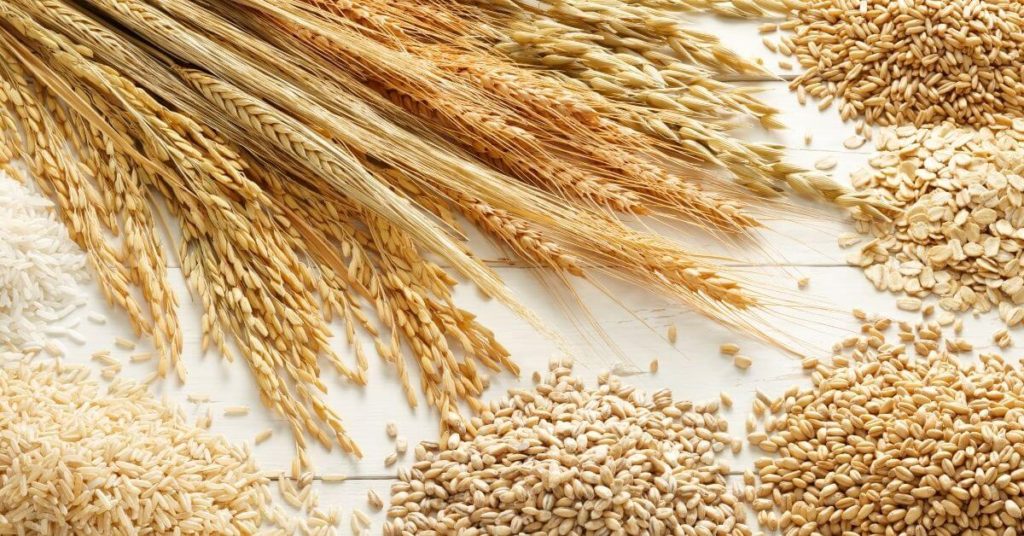
And to eat a diet based on seed oils, to live as far from the wilderness as we currently do.
To spend as much time on digital platforms as we do presently. To be as disconnected from other humans as we are currently, not getting sun like we used to.
I think there’s so much that we’re missing from our past that will lead us to optimal health in the present, and that’s been forgotten about.
And that’s what remembering is all about. So in a paleolithic context, like Loren Cordain and then Robb Wolf suggested, what was eliminated.
From the plant kingdom, it was mostly grains and beans. Remember that grains and beans and nuts are all seeds.
They’re all plant reproductive babies. But in the case of a paleo diet, nuts and seeds were initially included and then suggested to be excluded on an autoimmune paleo diet.
But grains and legumes are felt to be the more toxic sort of types of seeds.
I think that things like beans and lentils will be very high in digestive enzyme inhibitors and lectins. Not all of which can be degraded with cooking or even pressure cooking.
What is autoimmune paleo?
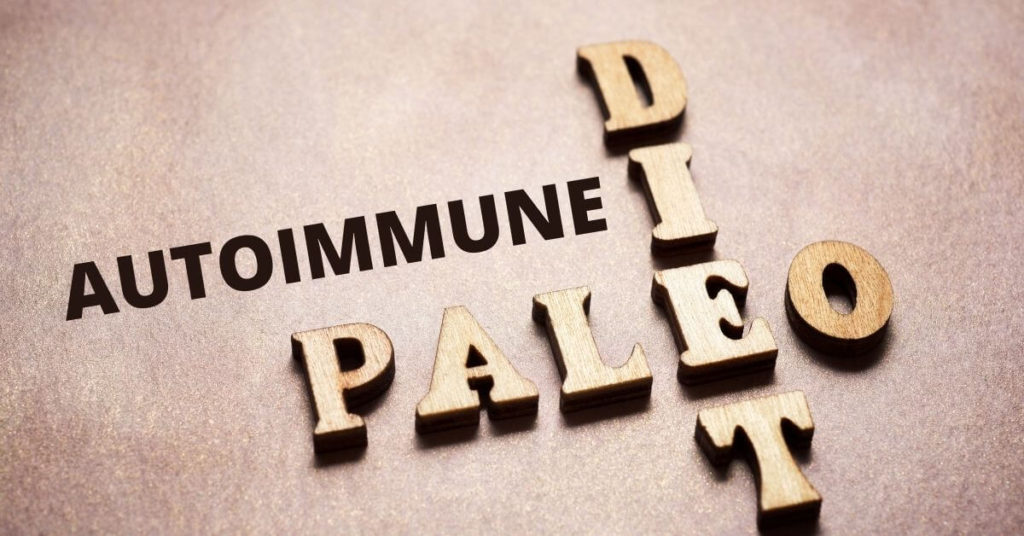
These are even things like saponins—tons of these compounds that inhibit our digestion found in legumes and grains.
We know wheat is a huge offender. Wheat is a grain. And it’s full of lectins like gluten, which cause massive autoimmune issues for many people, and I think they’re just better eliminated completely.
So paleo was the beginning of a plant toxicity spectrum. I think autoimmune paleo was a further step in the right direction.
Because really nuts and seeds are also seeds, just with grains and legumes, and they’re similarly defended.
They’re similarly full of digestive enzyme inhibitors and things that prevent animals and humans from digesting those fully causing lots of gi problems.
Whether it’s gas or bloating or constipation, nuts, and seeds are not really that digestible for humans.
Making a diet with a lot of nuts and seeds is just going to lead to major gi issues as well. This is something you don’t want to happen.
So autoimmune paleo was a step even further in the right direction.
Autoimmune paleo begins to think about things like nightshades and a whole genus of plants family of plants full of lectins like solanine.
It’s also known as Solanaceae family of plants. It’s full of lectins like solanine and chalconine, which is pretty problematic for many humans and cause autoimmune disorders.
So autoimmune paleo says okay we’re gonna go further down the plant toxicity spectrum and exclude more of these plants.
I see a proper human diet as a further extension of autoimmune paleo with an addition of the importance of fatty meat and organs.
Non-sweet fruit
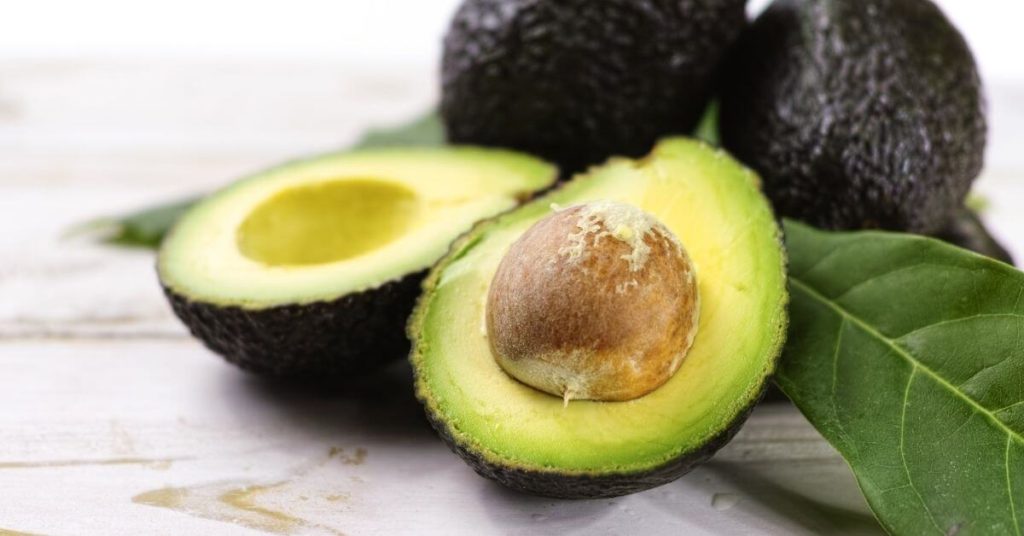
We have meat that would be something that would be included on a paleolithic diet.
It would be preferably grass-fed grass-finished, and we have what I consider to be the least toxic plant foods.
These are things like fruit, berries, and both sweet and non-sweet fruit. Cucumber, which I think of as a non-sweet fruit, but it’s still a fruit.
Avocado is a non-sweet fruit as well, and also squash. Those are all non-sweet fruits.
Why do I differentiate between fruit and other foods included on a paleolithic diet or an autoimmune paleo diet?
When you think about things from the perspective of a plant. A plant doesn’t really want its roots, stems, leaves, or seeds to get eaten.
So it’s going to put digestive enzyme inhibitors plant, defense chemicals, all kinds of things in those.
But that’s I think where a paleolithic diet falls a little short. It doesn’t take that into account.
And if we look at hunter-gatherer tribes, they generally don’t eat many of these foods unless they are pressed to.
They will favor animal meat and organs and fruit over roots, stems, leaves, and seeds when given a chance.
This post may contain affiliate links, and as an Amazon Associate, I earn from qualifying purchases that help keep this content free. (Full disclosure).
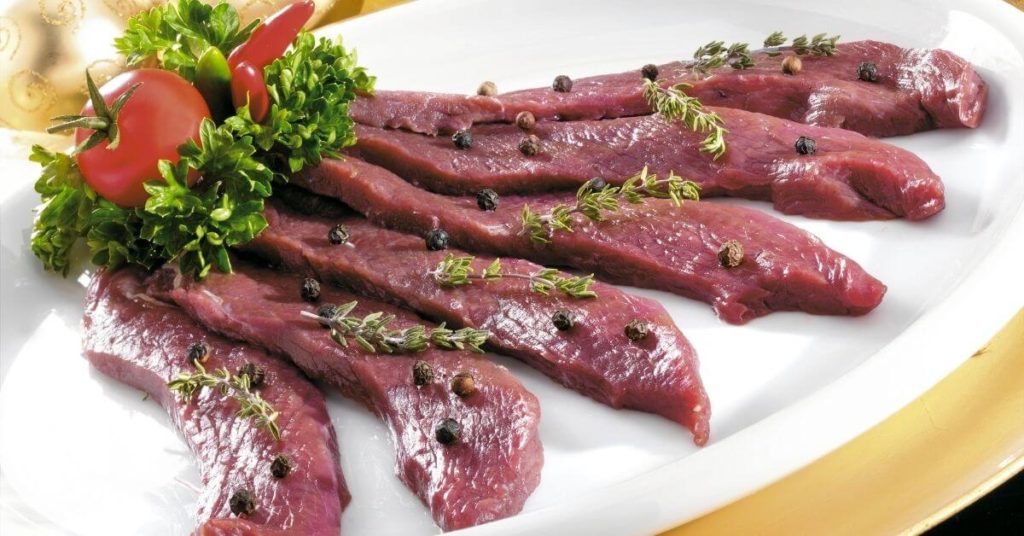
There are some exceptions, but generally speaking, we see that pattern over and over, and it’s this is the pattern, and this is what I hoped to capture with a proper human diet.
I’m very interested in the incredible nutritive value of animal fatty meat and organs.
Collagen and all kinds of important organs complement the muscle meat because this is clearly what hunter-gatherer tribes do.
And this is what our ancestors have done. And this organ-based nutrition has been left out of so many diets.
In a paleolithic diet, traditionally, there’s no attention to organ meats’ consumption, just muscle meat.
Weston Price-type ideas got the organs correct, and I think that we can do better by making a diet that is a little more diverse than a straight-up nose-to-tail carnivore diet.
Because it’ll make it easier for more people to do, which allows more people to benefit from this way of eating. This is the genesis of a proper human diet.
So an animal-based diet is meat and organs right, it’s nose to tail. We’re adding organs into a paleolithic diet.
Get the organs in your diet with well-raised meats, and then think about the plant toxicity spectrum initially created by a paleolithic diet refined by an autoimmune paleo.
I think we’re going to refine that one more step and say I think that all of us will feel better by leaving out nuts, seeds, grains, legumes, and leafy greens.
What is the proper diet?
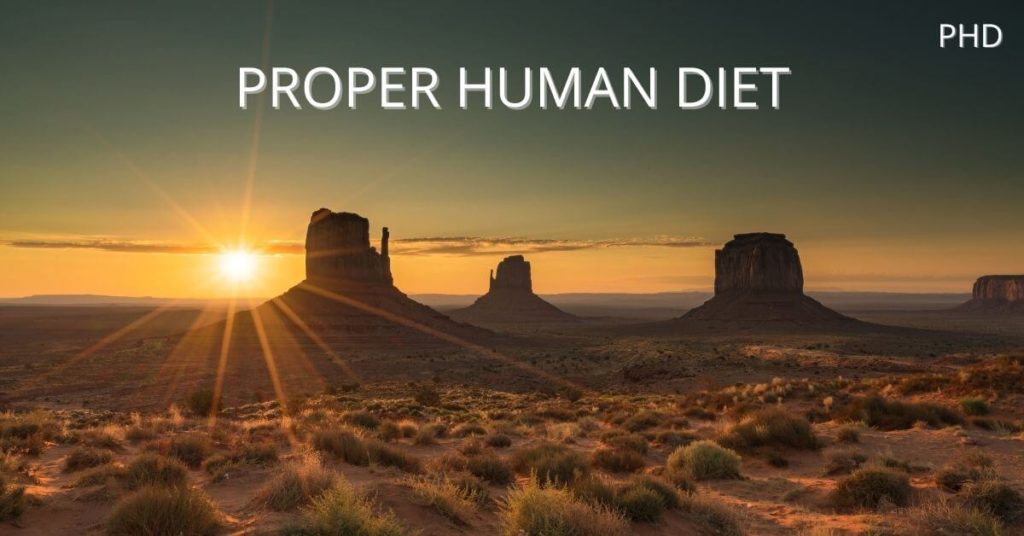
So, remember, the leaves of plants are not worth the effort, and they’re not worth all of the defense chemicals that are going to be in there.
What we have in the proper human diet is a variety of animal foods. The foods must be soy and corn free.
Seafood is included, kidney and fruit, and fruit, like I said, can be sweet or non-sweet fruit. Watermelon and avocado is non-sweet fruit, and include bone broth.
We’re thinking nose to tail with this kidney and this bone broth, and then there’s heart, liver and berries, eggs.
Honey is something that’s often eaten by hunter-gatherer tribes and can be included.
And then there’s extra animal fat. Cucumber, again is a non-sweet fruit it’s packaging the seeds, squash is a fruit these are not vegetables they are not roots stems leaves, or seeds in these diets.
So that’s the idea with a proper human diet. That’s how it’s different from than paleo diet. It adds in organs, and it refines the spectrum of plant toxicity a little further.
Conclusion
So that’s how I think a proper human diet is different than a paleolithic diet. Leave out the leafy greens, leave out the nuts and seeds.
Focus on animal meat and organs. And that’s what a proper human diet is as I designed it, as I’m thinking of it and sharing it with you.
It is designed to help us all understand the most preferential foods that lead us to the greatest health as humans, as we’ve really today hacked the algorithm, and we can be the ultimate hunters and gatherers.
PHD diet is a powerful diet and the way that we are programmed to eat as humans. I believe this is the real species-appropriate diet for humans.
This is the way we should be eating. So start the proper human diet today.
If you want to know the basics of the Proper Human Diet, including a 7-day meal plan, then head over to this post called; Proper Human Diet: A Beginner’s Guide.
The evolutionary paradigm of cancer
Read Dr. Jason Fung’s book, The Cancer Code, and his cancer theories, how the war on cancer got it so wrong.
This book is a must for anyone with a family history of cancer or a family member with cancer.
Sharing the information in this book might change someone’s life for the better. Listen to Dr. Berry talking with Dr. Jason Fung, discussing Dr. Fung’s theories of cancer.

